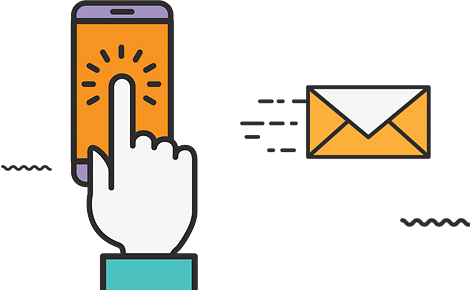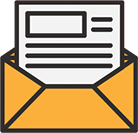Mon-Sat 9am-7pm
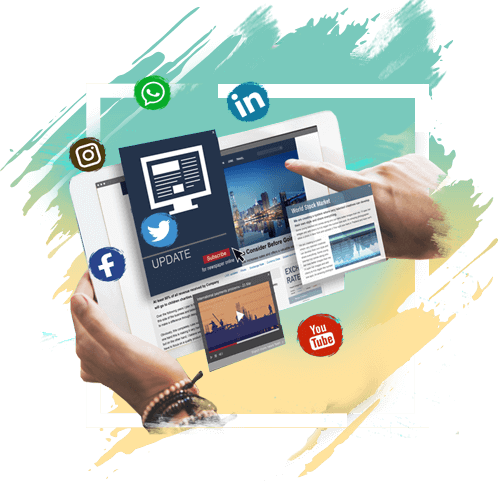

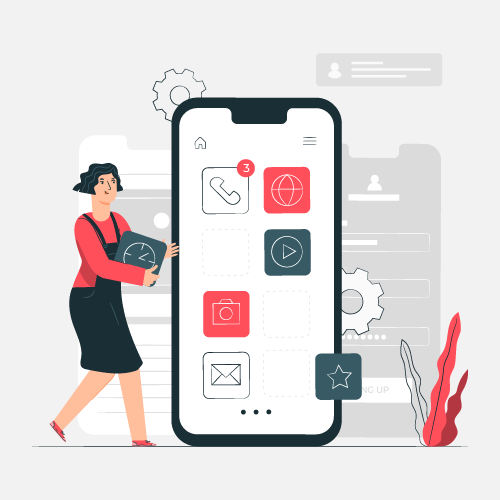
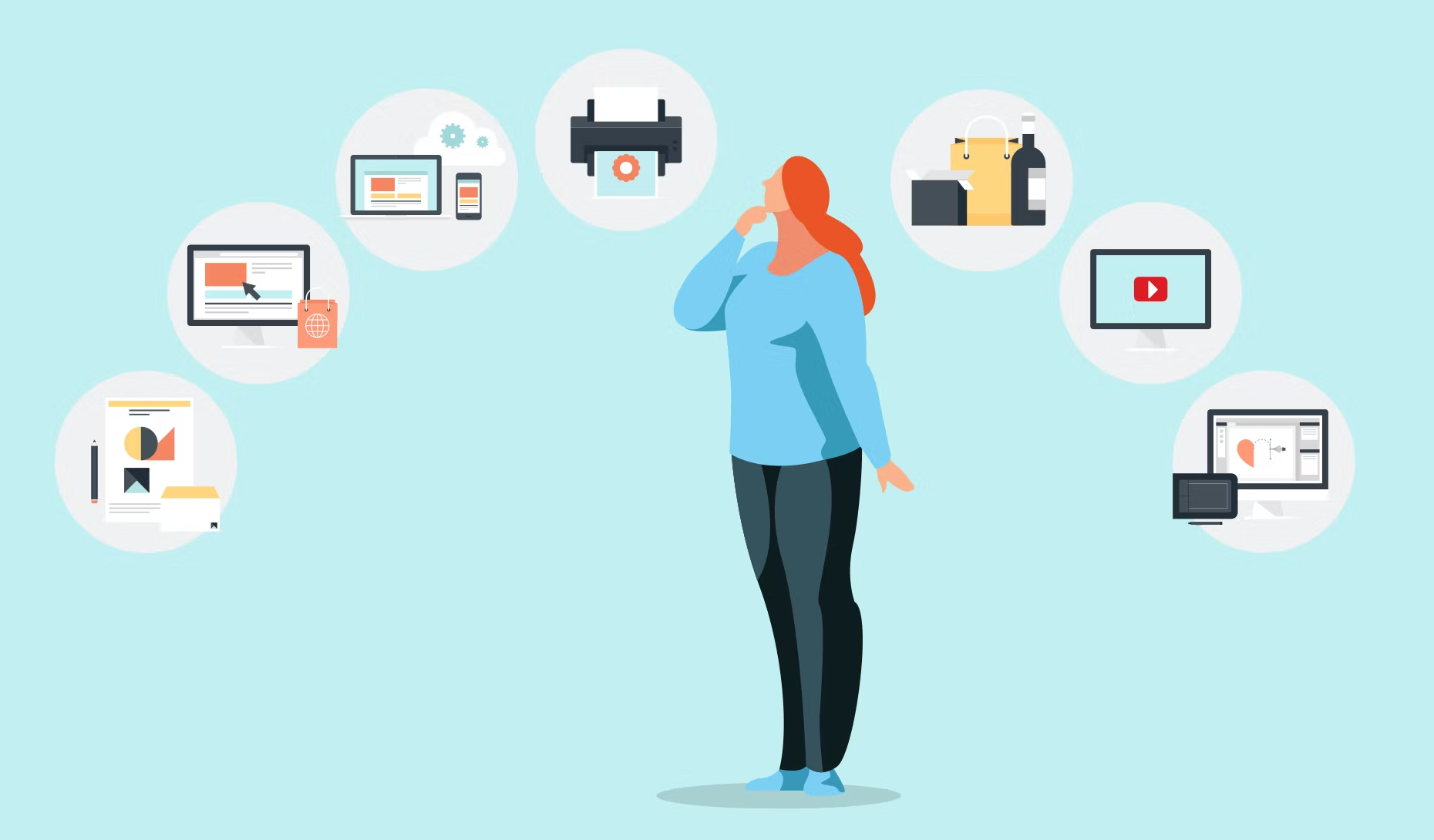
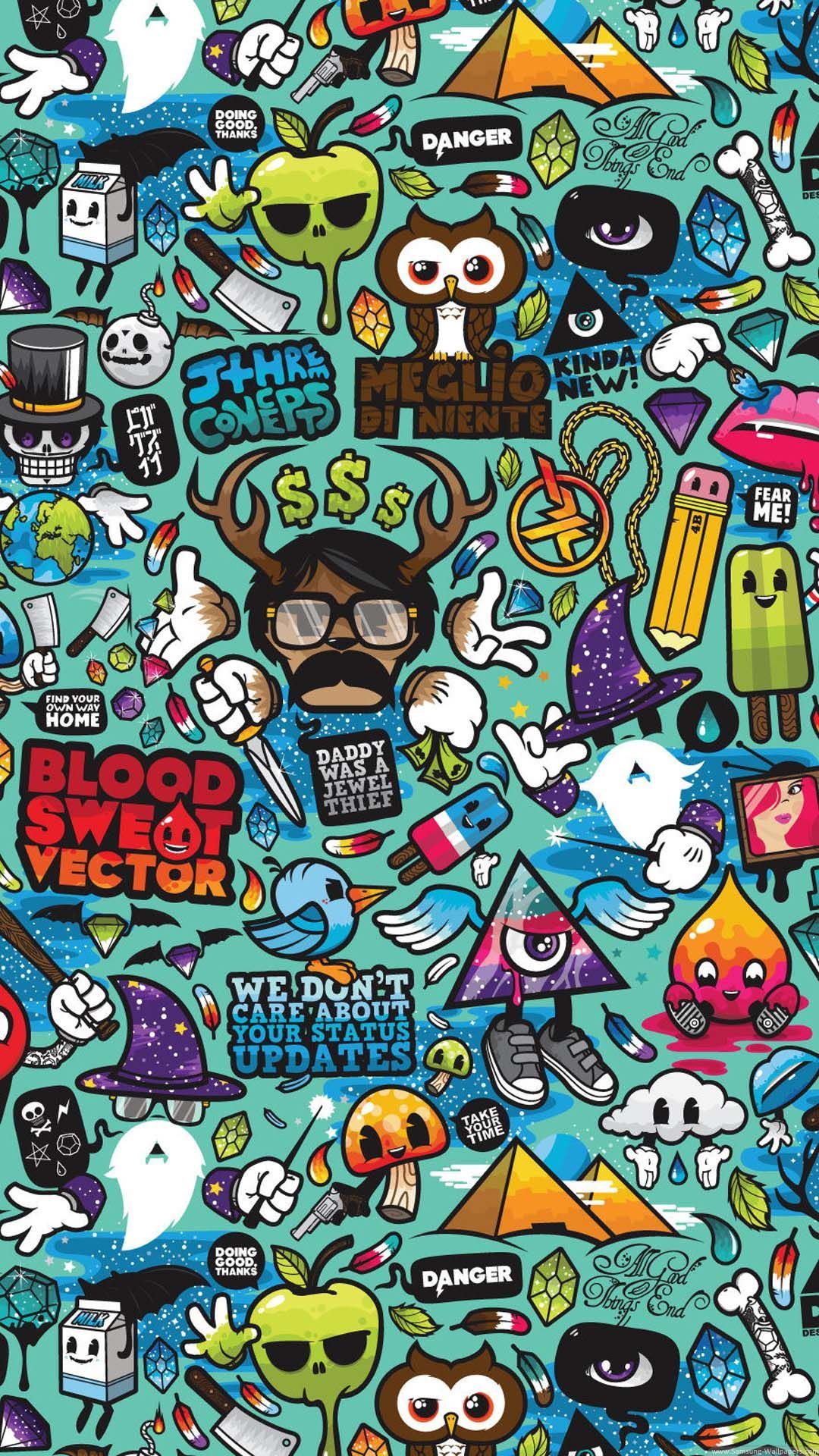
Career as a User Interface designer is evolving which attracts a huge amount of attention with the ever-changing world. Because more and more companies are making their presence online, User Interface design is progressively becoming a significant and widespread specialization in design. User Interface design is a technologically-focused profession that aims to build digital software that attracts the user into some kind of smoother human-computer communication. The career as a UI Designer aims to strengthen the experience for users by making interactions with the web page or software quick, engaging, easy and efficient.

Gather and evaluate user requirements in collaboration with product managers and engineers
01Step
Students are required to complete the 10+2 level of school education in physics, chemistry, maths, computer science with an aggregate 0f 50 per cent of marks or equivalent from a recognized board.
02Step
Several universities and colleges conduct entrance examinations to provide admissions. Students are required to appear in the entrance examination of B.Tech (Bachelor of Technology), B.E. (Bachelor of Engineering), or B.Sc. or related programmes to get admissions in their desired college. Admissions are provided on a merit basis. On the basis of the evaluation of students’ performance in the entrance examination admissions are provided. There are also those universities and colleges which provide admission on the basis of a cut off of the 12th passing percentage.
03Step
After completion of 10+2 students are required to take admission in the bachelor’s programme in the related specialization. We have mentioned the popular bachelor’s degrees in computer science below. Following are the bachelor's degree programmes that will guide you on how to become a UI designer:
Popular UI Designer Course List
|
B.Sc. in Computer Science |
B.E. in Computer Science |
| B.C.A. | B.Tech. in Computer Science |
04Step
There are several options that one can choose post-bachelors to lead their career path. We have mentioned the two major options for a career path below:
Option 1: After completion of a bachelor’s degree in any specialization, the students can further continue their studies and opt for an M.Tech (Master of Technology), MCA (Master of Computer Applications), M.E. (Master of Engineering), M.Sc (Master of Science) or other related programmes without any gap in the academic year. After completion of a master’s degree, they can further join the industry with an entry-level position.
Option 2: After completion of a bachelor’s degree, the candidates can start working in the industry with an entry-level role. After gaining experience of 1-2 years, they can further resume their studies and opt for a master level programme in the related specialization. We have mentioned the popular master’s degree in computer science below:
Popular master’s degrees UI Designer course list
|
M.E. in Computer Science |
|
|
M.Sc. in Computer Science |
M.Tech. in Computer Science |
The candidates who wish to establish an academic career or want to teach in universities or colleges should opt for a PhD in the related specialization.
In a UI technology education program, marketable skills to be pursued include front-end web creation, digital media design, human-computer interaction, usability testing, mobile technology, graphic design, and team-centric soft skills, such as good interpersonal communication, leadership, and project management.
The difference between UX and UI design is that user interface design applies UX principles to a product’s interface (for example a screen layout, sitemap, or a website’s menu). If UX design is all about the overall feel of the experience, UI design is about how the product’s interfaces function, look, and feel. A UX Designer considers the entire user journey while also considering all the visual elements of that user journey. UI Designers are also usually responsible for ensuring products are responsive, accessible, and inclusive.
Interaction design is the design of the interaction between end-users and products or services. Usually, interaction design is discussed in reference to an app or website. The goal of interaction design is to create a product that allows users to do what they want to in the best possible way. Interaction Designers are specifically focused on how users interact with the interface — how do the menus unfold? What is the response time when a user clicks a button?
Experts in visual design will create a guide to define the aesthetics of all the buttons, icons, and backgrounds that a user sees. They also oversee resizing assets for different devices, creating email marketing items, presentation materials, and interactive event materials.
Information architecture is a science of organizing, arranging, and structuring content of a website or app, among other things. Information Architects decide how to arrange the parts of something to be understandable. They aim at organizing content so that users would easily adjust to the functionality of the product and find what they need intuitively.
A Web Designer is focused on creating eye-catching designs for a website or app, but might not be thinking about what a user needs or the quality of the user experience as they navigate the website or app.
Recruiter
Clay Tech, Veeco Instruments Inc.
Employment Nature
Permanent
Monthly Salaries
Recruiter
Apple Inc., Mercedes-Benz, Hidesign, AniWebDesigns LLC, Intellect Design Arena Limited, Design Cafe
Employment Nature
Permanent
Monthly Salaries
User interface designers are in high demand. This situation leads to competitive and attractive salaries.
According to out research, they can receive $68,000 in salary per year. Besides a fixed salary, there may be other sources of income from outside projects.
Continuous improvement is a boon in a UI designer’s career. As design and technology trends evolve, they will constantly adapt and improve their skills. This process is to stay relevant to their field.
Besides, they have many opportunities to attend conferences and online courses on design. These sessions usually come from company offers.
Also, they frequently experiment with new design tools and techniques. They can help them expand their skills. And, they will then find new ways to solve design problems.
As a user interface designer, you have many chances for creative expression. You can combine typography and colors to create unique and visually appealing interfaces.
Besides, you have to find solutions to complex design problems. This process is to balance user needs with business goals. Also, it needs the ability to think outside of the box. So this job is for you if you don’t want to stifle your creativity!
The high demand started when companies and organizations switched to a user-centric approach. Every company wants to create an intuitive interface. This need is to enhance the user experience.
User interface designers often work closely with many other departments within the company. They can be designers or developers. In many cases, UI designers work with project managers and other stakeholders.
As a result, they can have more creative solutions and ideas. Besides, teamwork saves more time. The members will all have their duties as they will be more responsible for them.
:User interface designers often work to tight deadlines. They will work overtime when designing digital products.
These deadlines often come from the project manager or stakeholders. So it is difficult for them to renew them.
The working process is not always smooth. They will likely encounter problems with technology and trends. Finding solutions to these problems takes time.
They have difficulty balancing the requirements of users and companies. Users want a user-friendly interface. Meanwhile, the latter want to save costs quickly.
These issues will put pressure on UI designers.
You’re always open to negative criticism when you’re in the creative field. We all know these criticisms are hard to hear. But they can provide valuable feedback. Besides, it helps you improve your skills and create better designs.
The cause of this problem may come from a deviation from the project goal. Perhaps you have created a design that is unusable or not aesthetically appealing.
In these cases, you have to be calm and listen to suggestions. Only then can you gain experience and progress.
Sometimes, opposing interests also lead to these negative criticisms. Project stakeholders may have conflicting requirements. In this case, work with them again and make your point clear.
We have to admit that the field is very competitive. Many individuals are pursuing this career. This case leads to greater competition for available jobs and projects.
Besides, you have to compete with remote workers. This problem is challenging because your odds of passing the interview will be lower. You have to compete with applicants from all over the world.
Also, to stand firmly in this industry, you must study continuously. This process is to upgrade yourself.
You have to pay attention to detail when working in this field. Even a tiny element can affect the user experience.
They are sensitive to font sizes and color schemes. Even the wrong button position makes them uncomfortable. So you have to be careful and check every detail.
Call us at +91 9205084085, Monday - Friday, 9 am - 7 pm

